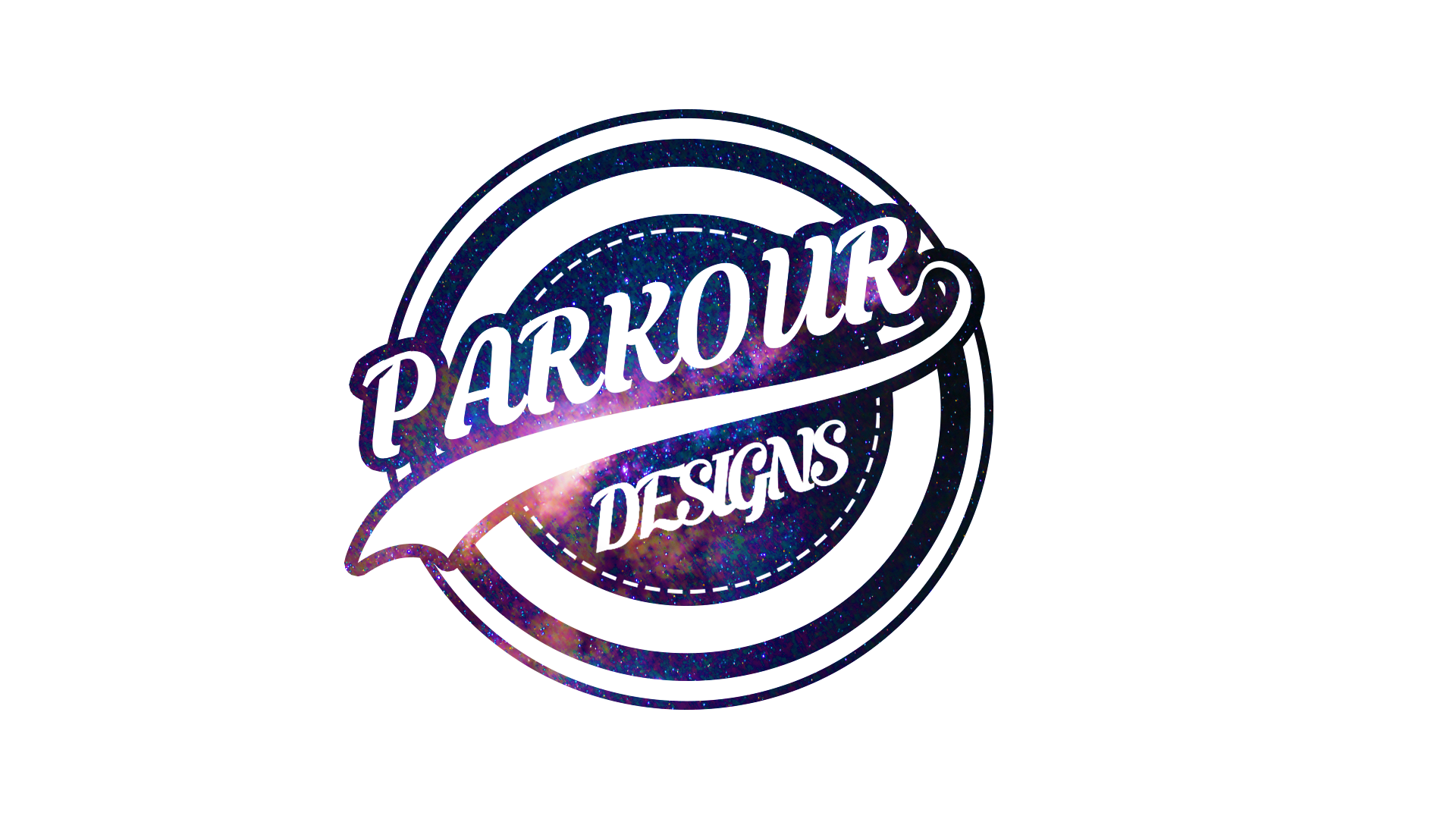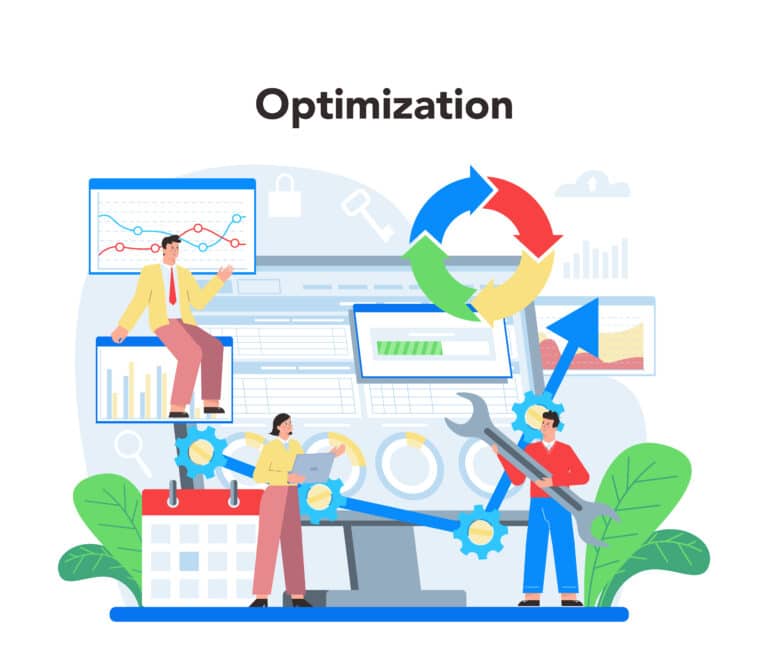Unlocking the Power of SEO Copywriting for Organic Traffic
In today's digital landscape, organic traffic is the lifeblood of websites. However, the true magic happens when you can not only attract visitors but also convert them into loyal customers. Enter the world of SEO copywriting – a powerful tool that can make this transformation a reality. In this article, we'll delve deep into the art of SEO copywriting, exploring how it can drive organic traffic to your website and boost your business.
What is SEO Copywriting?
SEO copywriting is a dynamic blend of art and science, seamlessly marrying the persuasive prowess of effective writing with the precision of search engine optimization (SEO).
It's the secret sauce behind websites that not only rank high in search results but also engage and compel users to take desired actions.

The Dual Purpose of SEO Copywriting
A successful SEO copy should achieve two vital objective
Driving Organic Traffic: By aligning with the principles of SEO, your content should be optimized to attract high-volume organic traffic. This means understanding the keywords and phrases your target audience is searching for and strategically incorporating them into your content.
Conversion Potential: It’s not enough to merely attract visitors; your content should have the power to convert them into customers. This can only be achieved when you thoroughly understand your readers’ needs and convincingly communicate how your products or services can fulfill those needs.
Why SEO Copywriting Matters for Your Web Design Agency?
As a web design agency, your online presence is your calling card. You’re in the business of crafting visually appealing and highly functional websites. But what’s the point of having a beautifully designed website if it remains buried beneath layers of search engine results? This is where SEO copywriting steps in.
Imagine your website as a stunning digital storefront; SEO copywriting is the signage that guides potential customers to your door. Here’s how it works:
Keyword Research:
To create SEO-friendly content, the journey begins with keyword research. Selecting the right keywords is crucial, especially considering the competitive nature of the web design and development industry. If you’re a new agency, targeting high-difficulty keywords may be challenging, as established websites already dominate these terms. Instead, focus on long-tail keywords – they may have lower search volume but offer a more accessible entry point.

Plan a List of Keywords:
Every web design agency has its unique set of services and products. Begin by creating a list of keywords tailored to your specific business. This list should cover all possible user queries related to your offerings. Dive deep into FAQs related to web design, web development, and logo design. Tools like Ahrefs or Ubersuggest can help you gauge keyword difficulty and search volume.

Keyword Intent:
Every web design agency has its unique set of services and products. Begin by creating a list of keywords tailored to your specific business. This list should cover all possible user queries related to your offerings. Dive deep into FAQs related to web design, web development, and logo design. Tools like Ahrefs or Ubersuggest can help you gauge keyword difficulty and search volume.
Informational Intent: Users seeking knowledge or answers to questions (e.g. “how to design a website”).
Navigational Intent: Users looking for a particular website or resource (e.g., “Parkour Design web development”).
Commercial Intent: Users researching products or services before making a purchase (e.g., “best logo design services”).
Transactional Intent: Users ready to buy a product or service (e.g., “hire a web developer”).
Each keyword carries a unique intent, and your SEO copywriting should align with these user behaviors.

Creating Quality Content:
Quality content takes time but is undoubtedly worth the effort. Start by drafting your content without worrying too much about language or structure. Allow your ideas to flow freely. This initial draft will serve as the skeleton of your content. In subsequent revisions, you’ll fill in the gaps, strengthen your arguments, and interlink your content with existing resources.

Structuring Your Content:
When crafting web content, simplicity is key. Structure your content with clear headings and subheadings to keep readers engaged. The inverted pyramid approach is often recommended – place critical information in the introductory section and gradually delve into related details.

Optimizing the Title:
After completing your content, craft a compelling title that encapsulates the essence of your blog post. For instance, if your aim is to sell web design services, your title should convey how your services enhance the quality of a business’s online presence. Remember to keep your title attractive and within the recommended length (55-60 characters or 580px) to ensure it displays correctly in search results.

Conclusion
In this article, we’ve delved into the intricacies of SEO copywriting and its critical role in driving organic traffic to your website. We’ve explored how understanding user intent, conducting keyword research, and crafting quality content can elevate your web design agency’s online presence. SEO copywriting isn’t just a technical endeavor; it’s a creative process that combines the science of SEO with the art of compelling storytelling. By striking this balance, your agency can attract not only more visitors but also those who are more likely to convert into loyal customers. Remember, it’s not just about getting eyes on your website; it’s about winning hearts and trust.
So, are you ready to unlock the power of SEO copywriting and transform your web design agency’s digital destiny? The journey begins with understanding your audience, crafting compelling content, and optimizing it for both users and search engines. It’s a journey that holds the potential to not only drive organic traffic but also transform visitors into loyal clients.